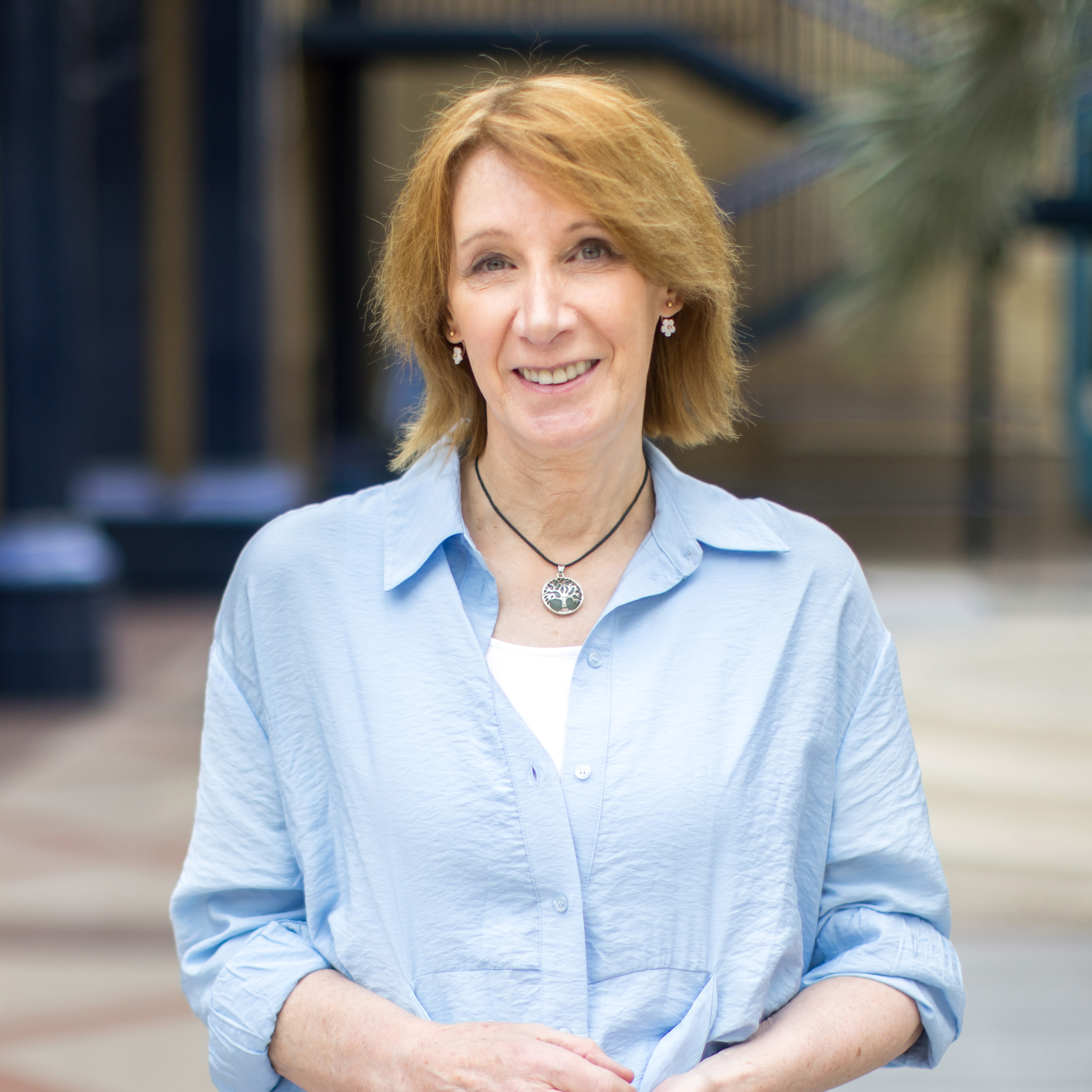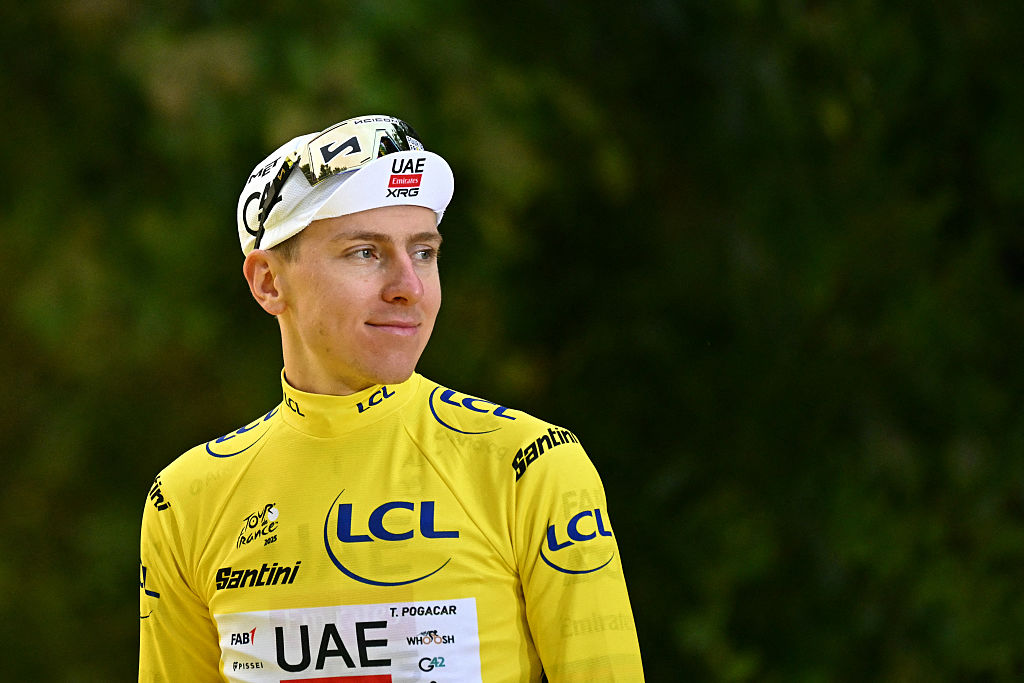Welcome to climbing school at the Giro d'Italia - Philippa York analysis
Stage 16 framed the tactics and skills of Grand Tour racing perfectly. Philippa York analyses exactly how the climbers fared
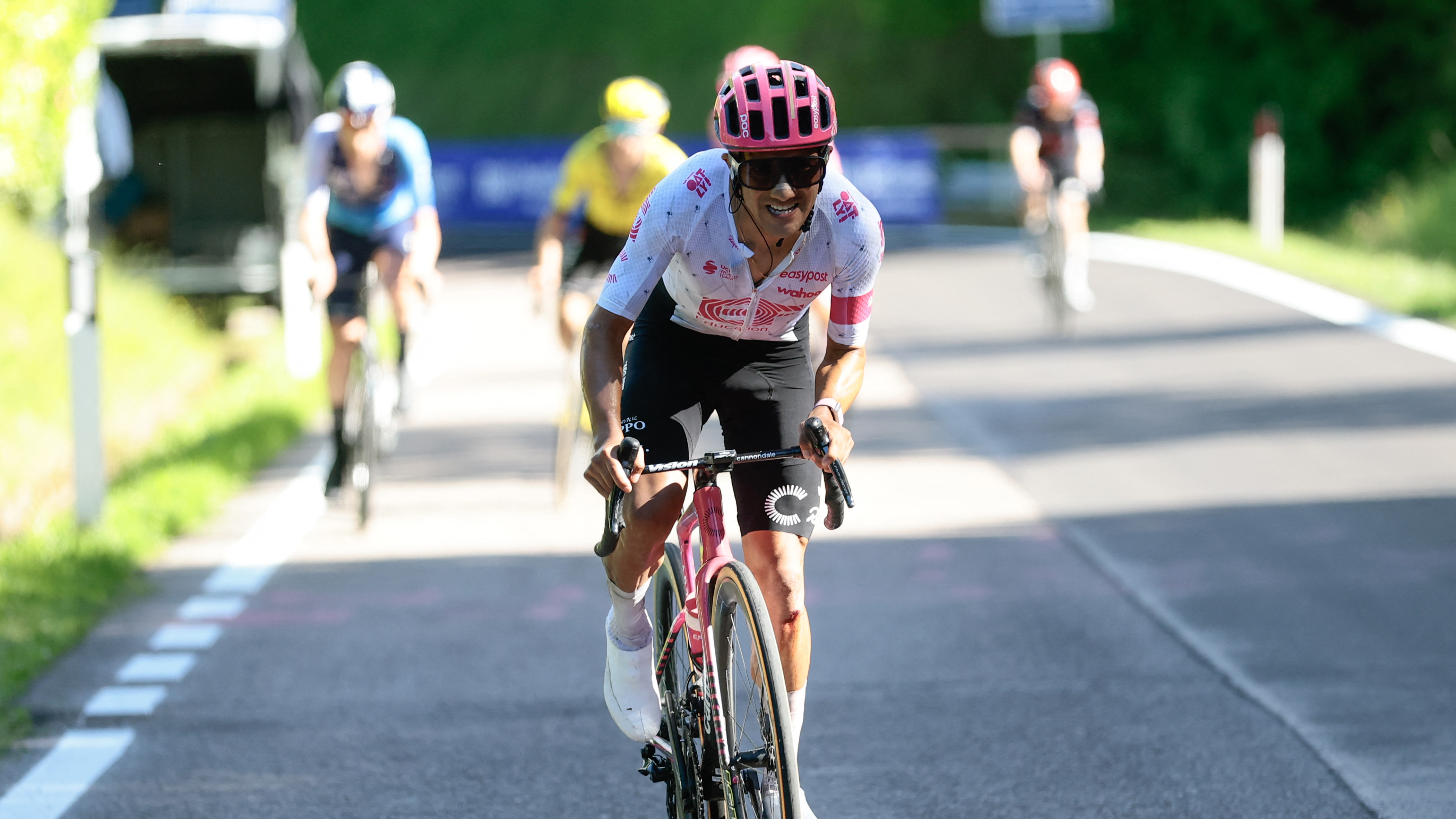
As ever, the first proper mountain stage has blown the Giro apart, and the climbers have shown what they've got. For UAE Team Emirates, the dominant GC team, it went badly. Let's examine the details of who did well, who made errors, and who did what they could.
Carapaz's Climbing Masterclass
The big mover of the day, Richard Carapaz (EF Education-EasyPost), bluffing throughout Stage 16 was perfect. His attack with 7km to go was carefully chosen. Allowing Simon Yates (Visma–Lease a Bike) to provoke the initial selection that pulled Isaac del Toro (UAE Team Emirates) and himself out of the favourites group was tactically brilliant.
Then, when the Visma leader finally sat down after a kilometre of sustained effort, the Ecuadorian put in an attack of such ferocity that nobody even thought of going with him. What followed in those next five minutes threw the overall race into disarray and has changed the GC completely.
Over roughly two kilometres, we saw a demonstration of what climbers do best: a long period of on-the-limit riding, constantly in and out of the saddle to maintain speed. This is typical of South American riders in the past. Nowadays, there's a lot of staying in a power zone, not going over a certain number, but there was no sign of that from the 2019 Giro winner.
Only when he got into the last 10 minutes of the climb did he have to drop to a more stable effort, the fatigue from that long section in his red zone finally making him pay. Crucially, the choice of pace was his and not imposed by others. Recovery ought not to be too much of a concern for the coming days. Taking nearly a minute from his direct rivals was an opportunity he seized.
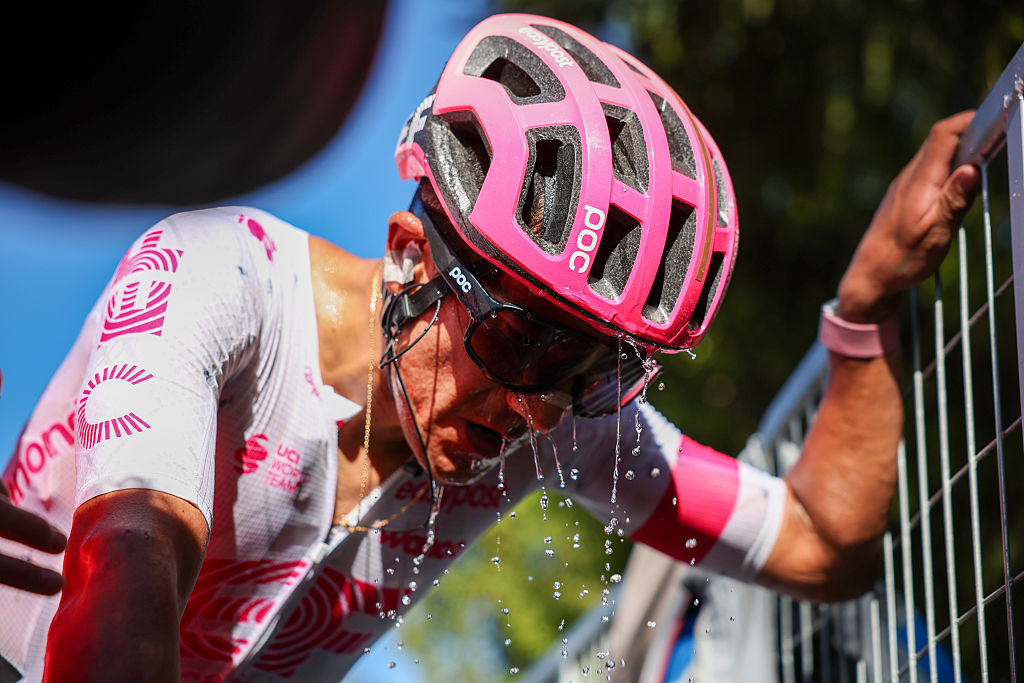
Yates's Tactical Error
Simon Yates messed up when he let Derek Gee (Israel-Premier Tech) ride off while he worried about the Maglia Rosa being stuck to his wheel. Choosing not to follow the Israel Premier Tech rider meant dropping del Toro would be harder. He was clearly strong in the first half of San Valentino; his acceleration on one of the steepest sections showed that.
However, by accelerating so early, he had shown his hand too soon. The others would then let him do most of the work if they could. His only chance of getting some help was to have a steadier rider with him.
The latest race content, interviews, features, reviews and expert buying guides, direct to your inbox!
When he let Gee ride away in an effort to force del Toro to come past, that opportunity was gone. He slowed too much for too long, and the race went up the road without him. Once the second of his attacks saw the race leader drop, Yates was tired.
This explains why Michael Storer (Tudor Pro Cycling Team) was able to stay with him. The British rider doesn’t have the same ferocity of accelerations as Carapaz and is more suited to a sustained effort, which usually burns off other riders. But in the last 4km, he was climbing at the same rate as his rivals ahead.
Yates was good, though he couldn’t have matched Carapaz when he went by. Concentrating on the race leader instead of realising Derek Gee would always ride a steady pace cost him a lot of energy and time. His climbing legs are there; he rode most of the last climb on the big ring. Tactically, it wasn't his best ride.
Del Toro's Harsh Lesson
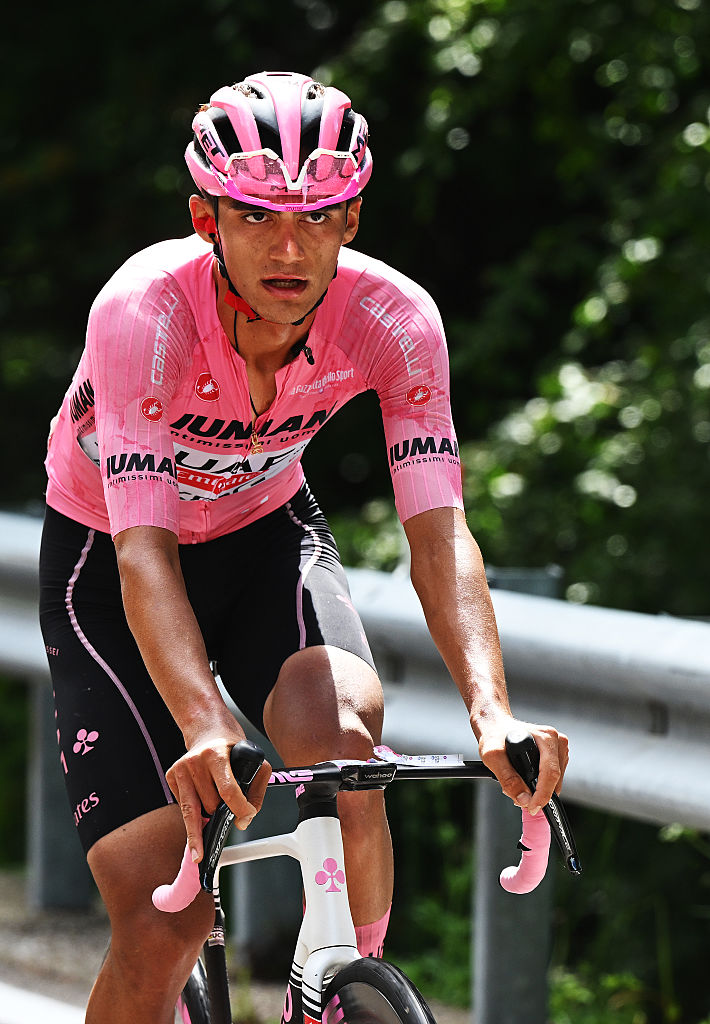
For Isaac del Toro, it was an introduction to a 200km mountain stage among some of the best GC riders. The bad weather for the opening part of the day played a role in his performance. He's 21 and doesn’t have the same resistance as Yates and Carapaz yet.
The numerous grim, unrelenting, and nasty race days give an inner strength he will eventually develop. For the moment, he’s like a young racehorse: eager, ready, and not quite sure of his place in the hierarchy. On the last climb, he found out that things can go from fine to trouble quickly.
Not having Juan Ayuso (UAE Team Emirates) nearby put all the pressure on him, and at first, he seemed okay. He didn’t panic when Carapaz attacked and based his race on Simon Yates, who he thought would be his biggest rival.
The problem with that idea is that the Visma GC man rides at a high pace for a long time. If you follow that speed and it’s just beyond your limit, eventually you have to let the wheel go. Del Toro didn’t make that decision and cracked because of it.
With more experience, he would have known to pace himself better. But he’s young, and today's climbing lesson was quite harsh. He ran out of energy, and it's telling that all the riders who dropped before him came back and rode past.
He finished very, very tired. We'll now see what his recovery is like after such a big day. All the previous attacks, accelerations, and efforts came back to bite him today. It wasn’t a complete disaster like teammate and co-leader Juan Ayuso, as he’s still in Pink, but the sharks are circling, and they sense blood.
Gee and Bernal: A surprising showing
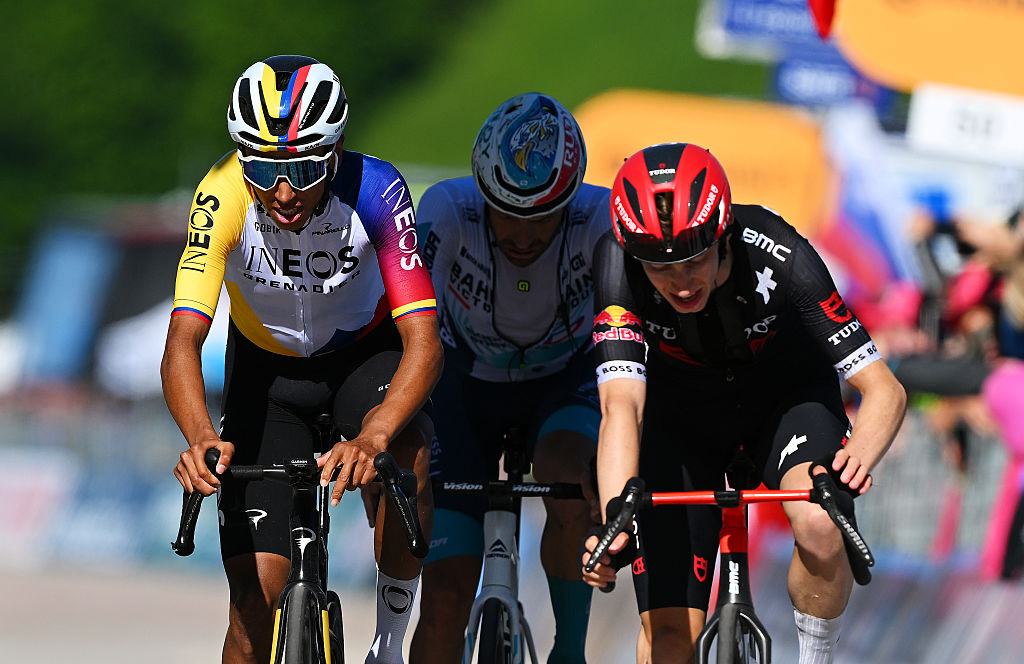
Derek Gee has been consistently present but not spectacular, staying out of the GC spotlight. This approach might not have been entirely a choice, but the mountains have shown he's climbing as well as ever. He's not Richard Carapaz or Simon Yates.
The Canadian sticks to his limits and doesn’t immediately react to the big attacks from the punchy climbers. On long ascents, that works very well for him. On San Valentino, he paced it perfectly, closing the gap to Carapaz to just 13 seconds at the line.
He was suffering inside the last kilometre, but he hadn’t endured the same number of accelerations as the others. For most of the climb, he got to choose when he was at his maximum, and the result was better than he probably expected.
When Yates and del Toro let him ride away, he wouldn’t have believed his luck. He was another rider to capitalise on the opportunity. He’s got to be looking forward to the coming days and is right back in the podium places battle.
Egan Bernal (INEOS Grenadiers) had a slightly disappointing day. Falling off early wouldn’t have helped, but he dug deep to climb into the top six. For a moment, it looked precarious. On the penultimate mountain, he was in trouble, not as bad as fellow Ineos teammate Thymen Arensman (INEOS Grenadiers), but not comfortable.
The Colombian’s performance on San Valentino showed his current level: lacking a little of the top-end power he once enjoyed. However, he has to be pleased with his resistance to fatigue. Only five riders were faster than him on the last climb, so he is far from broken.
He might appear far off the podium, but stranger things have happened at the Giro and probably will before the end. In Egan Bernal and Ineos’s favour, their tactics and choices have gotten better and better.
Italian Hopes
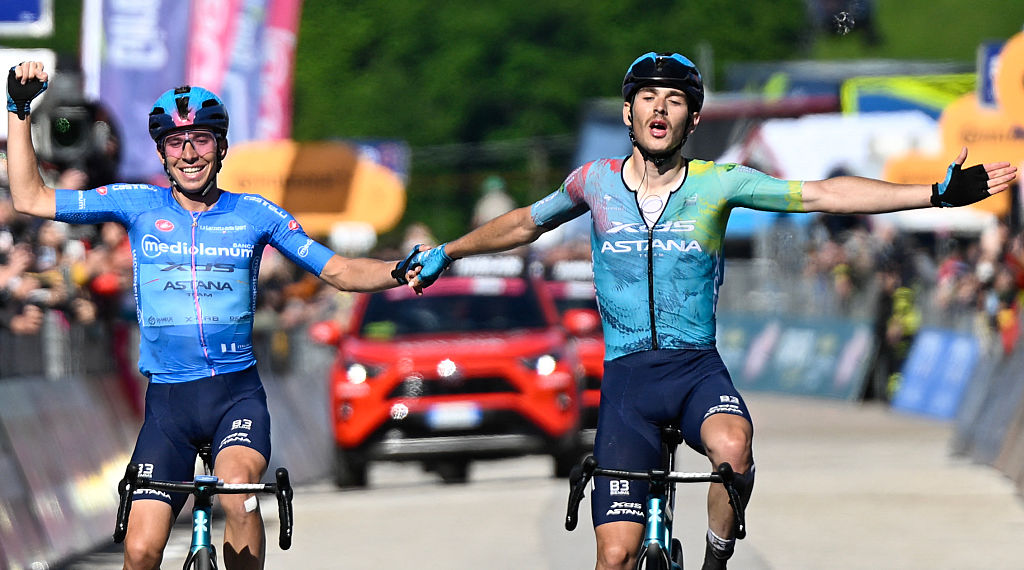
We know Michael Storer can be brilliant during a Grand Tour, but he’s had a few seasons of doubts. Since his Paris-Nice and Tour of the Alps wins this year, his confidence has returned, and he’s willing to test himself.
The attack he made with Max Poole (Team DSM-Firmenich PostNL) on the penultimate climb was well-timed and might have worked out better if he had been given more leeway. UAE closing them down was probably more about keeping the pace steady for del Toro and discouraging others from gaining an advantage before the big GC sort out at San Valentino.
However, Storer is now in a similar position to Egan Bernal, around three minutes off the lead. With him climbing better, he has to be looking at the podium and thinking it’s achievable. Being able to work with Simon Yates indicates he is a genuine contender.
He has the added bonus of not being in the spotlight. His and Tudor’s race is probably going to be tied to what Bernal and Ineos do. They'll likely put a few men in the break and hope they can assist later if their leader comes forward.
To wrap up, the Italians. Lorenzo Fortunato (Astana Qazaqstan Team) and Astana have earned the mountains classification; Stage 16 for them couldn’t have worked out better. However, as far as the overall is concerned, look past Damiano Caruso (Bahrain Victorious) and Antonio Tiberi (Bahrain Victorious).
The Bahrain duo are surviving and being dictated to when the pressure ramps up. I can see them racing to protect their top ten place from now on. The real interest for the tifosi is Giulio Pellizzari (VF Group–Bardiani CSF–Faizanè).
Now that Roglic is out, the Red Bull rider is freed up to see what he is capable of. His attack at the bottom of San Valentino was a strong move. Rafal Majka (UAE Team Emirates) was setting the pace after Wout van Aert (Visma–Lease a Bike) had hurt everyone with the aim of launching Simon Yates, but over 11km remained, and it seemed to be a moment to recover.
Pellizzari decided otherwise, and only Carapaz saw him again. Pedalling smoothly and looking to be in control of his effort the whole time, even the arrival of the EF rider didn’t faze him. If he had been tired, Carapaz would have dropped him, but it was Pellizzari who was 15 seconds ahead at the finish.
The 2019 Giro winner made the most spectacular attack, but the Italian was the one who rode the last climb the fastest, which is impressive. It's a warning to the others that he will be one to watch during the final week.
Philippa York is a long-standing Cyclingnews contributor, providing expert racing analysis. As one of the early British racers to take the plunge and relocate to France with the famed ACBB club in the 1980's, she was the inspiration for a generation of racing cyclists – and cycling fans – from the UK.
The Glaswegian gained a contract with Peugeot in 1980, making her Tour de France debut in 1983 and taking a solo win in Bagnères-de-Luchon in the Pyrenees, the mountain range which would prove a happy hunting ground throughout her Tour career.
The following year's race would prove to be one of her finest seasons, becoming the first rider from the UK to win the polka dot jersey at the Tour, whilst also becoming Britain's highest-ever placed GC finisher with 4th spot.
She finished runner-up at the Vuelta a España in 1985 and 1986, to Pedro Delgado and Álvaro Pino respectively, and at the Giro d'Italia in 1987. Stage race victories include the Volta a Catalunya (1985), Tour of Britain (1989) and Critérium du Dauphiné Libéré (1990). York retired from professional cycling as reigning British champion following the collapse of Le Groupement in 1995.
You must confirm your public display name before commenting
Please logout and then login again, you will then be prompted to enter your display name.
